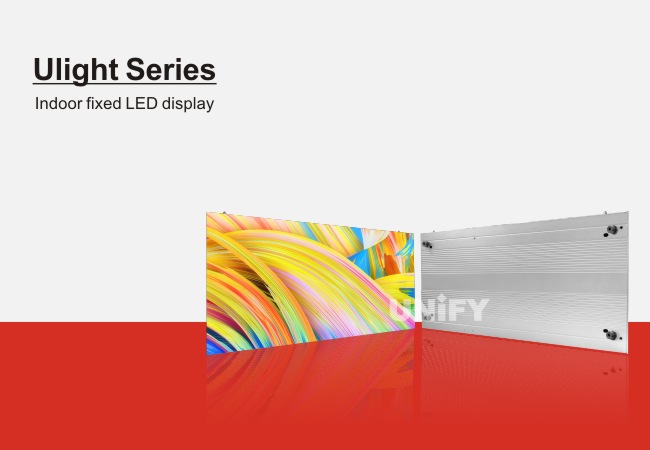
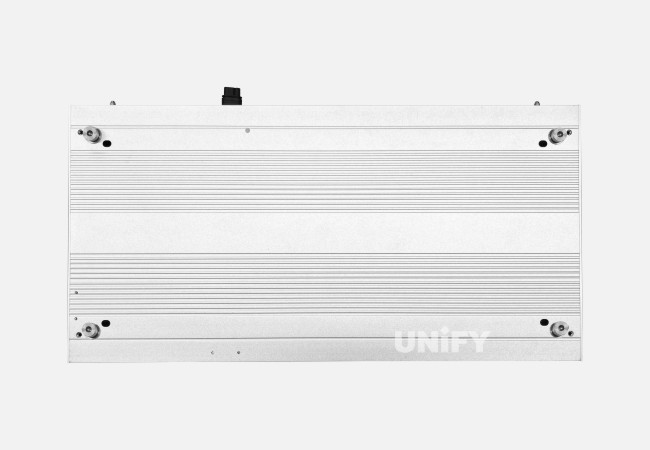
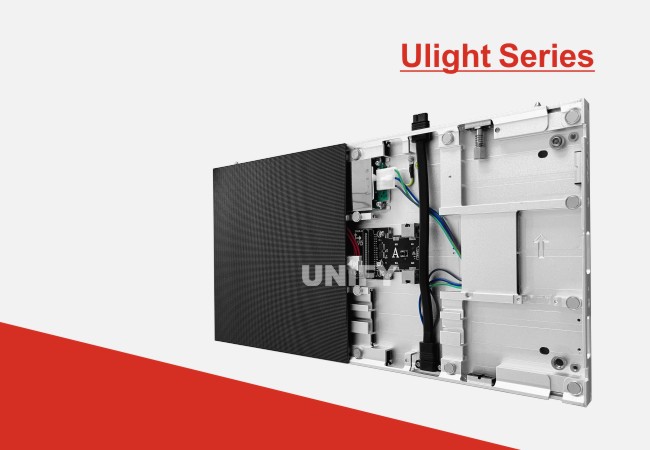
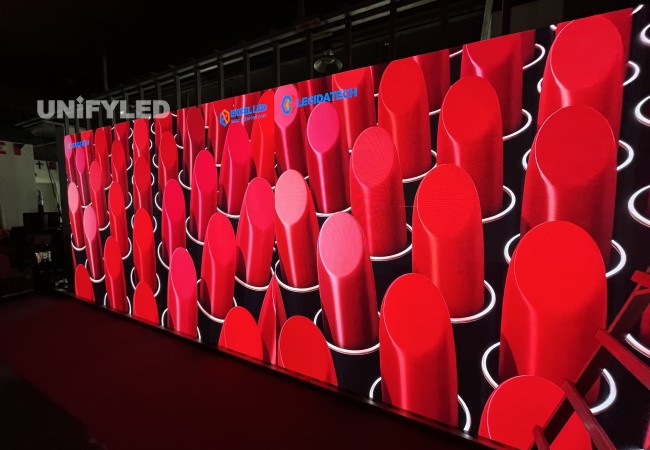
Indoor LED Wall -Ulight Series
-P0.9/1.25/P1.5/P1.8/P2/P2.5mm
-Panel size 250*500mm, Module size 250*250mm
-Ultra-lightweight and Space-saving
-Wireless hard connection design
-Support centralized control software
-Support Flsha storage
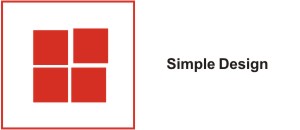
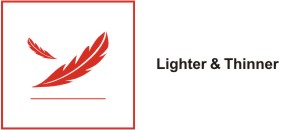

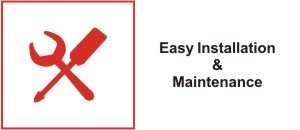
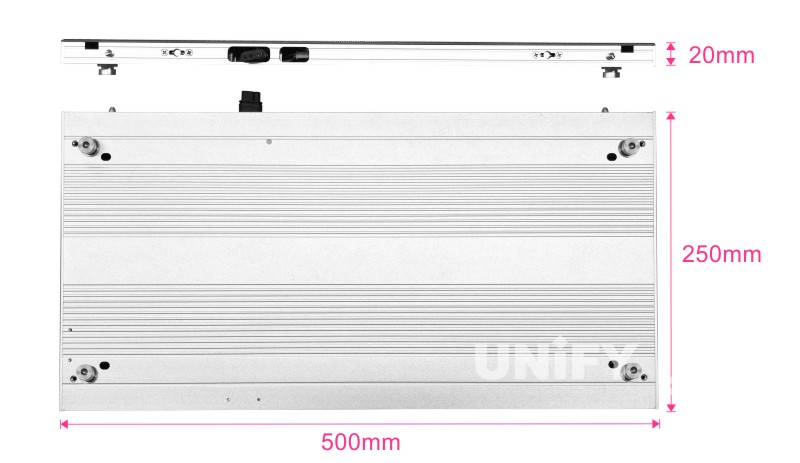
Ulight Series Ultra-light cabinet
The weight of a single cabinet is greatly reduced, reducing the load-bearing pressure of the building, and is suitable for glass curtain walls and embedded installations.
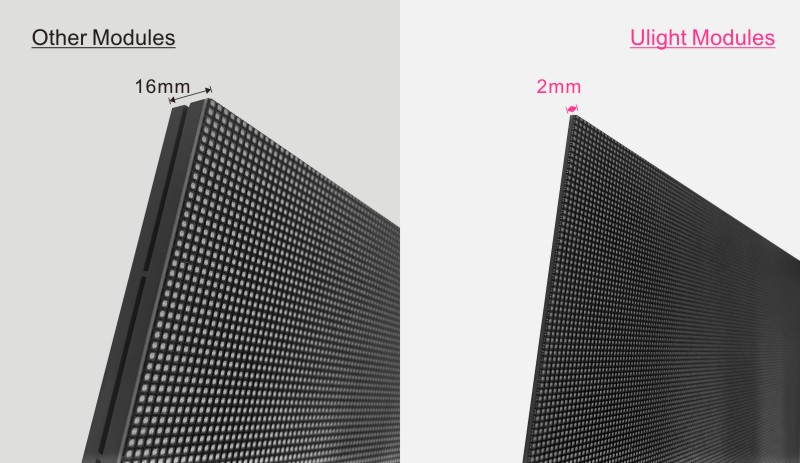
Indoor LED Wall Modules
The back cover-free design makes the screen thinner and lighter, suitable for indoor scenes with strict space requirements such as conference rooms, exhibition halls, monitoring centers and churches.
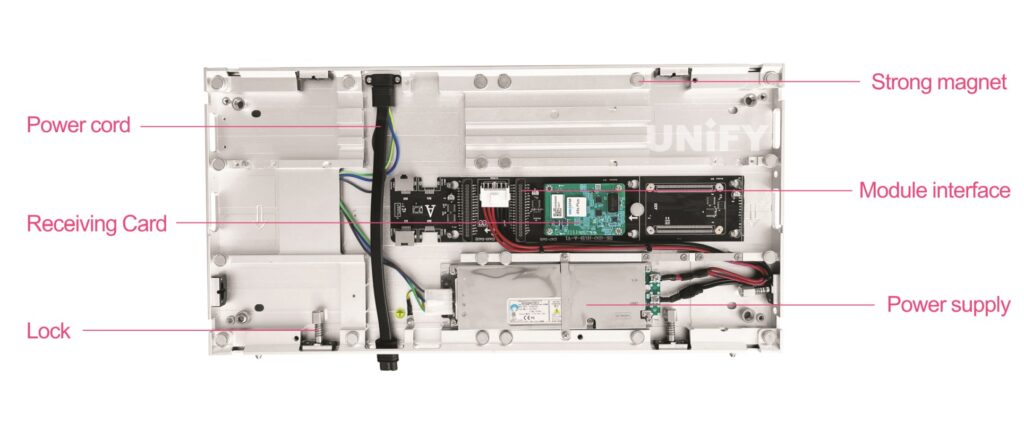
Internal Structure Desgin
Quick lock structure: supports fast installation and disassembly, greatly saving construction time.
Positioning pin design: precise splicing, flat and seamless screen, ensuring picture continuity.
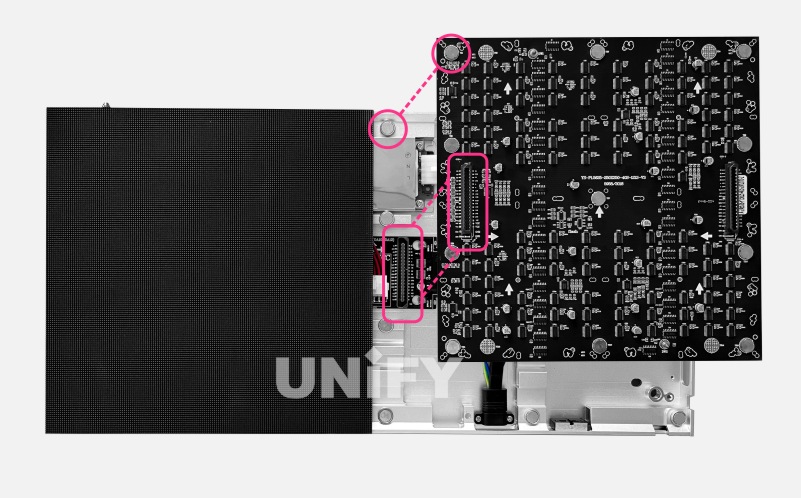
Full Front Service
The hard connection structure ensures stable transmission of signals and power supply, and maintenance is more efficient and reliable.
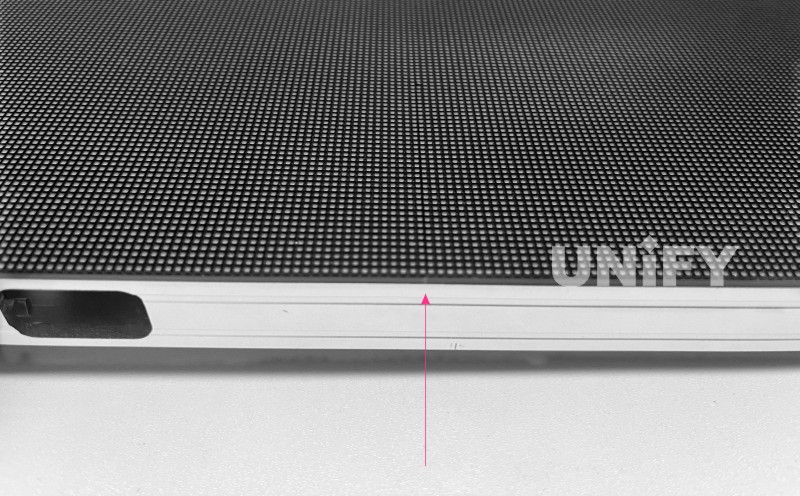
Seamless stitching
Precise hard connection technology to achieve the ultimate reduction of the screen gap and achieve a visually seamless splicing effect.
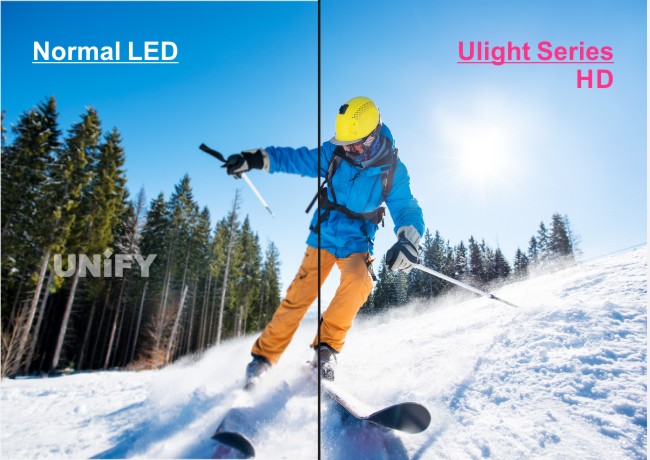
Ultra-high Image Quality
Suitable for high-end places such as conference rooms and exhibition halls.
Effective heat dissipation
The fanless silent design ensures long-term stable and noise-free operation, avoiding color fading caused by local overheating.
Installation Ways
Custom Indoor LED Wall
Unify LED cooperates with well-known brands.
The control system, lamp beads, power supply, IC and other accessories of the indoor LED wall can all be customized.
Image Gallery
Indoor LED Wall -Ulight Cabinet Details
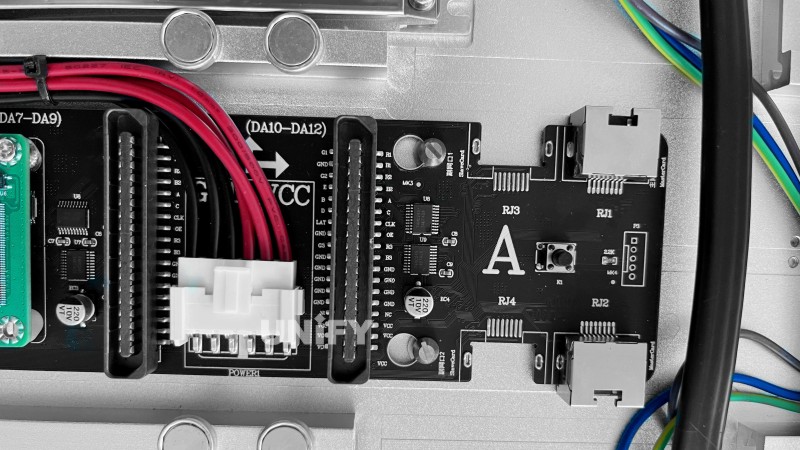
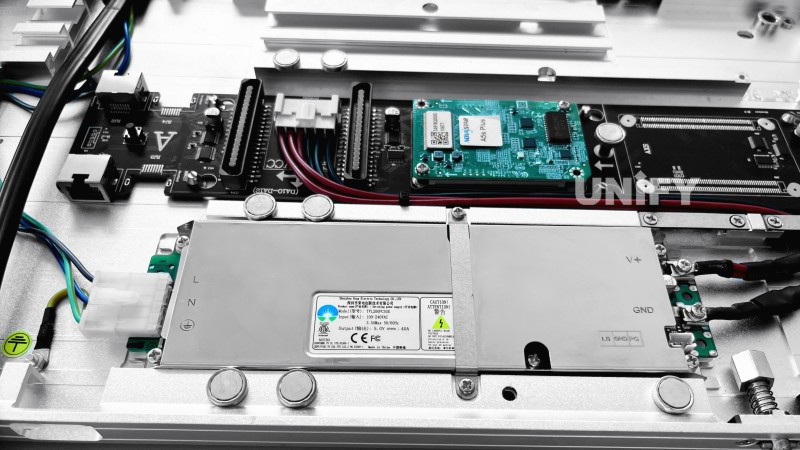
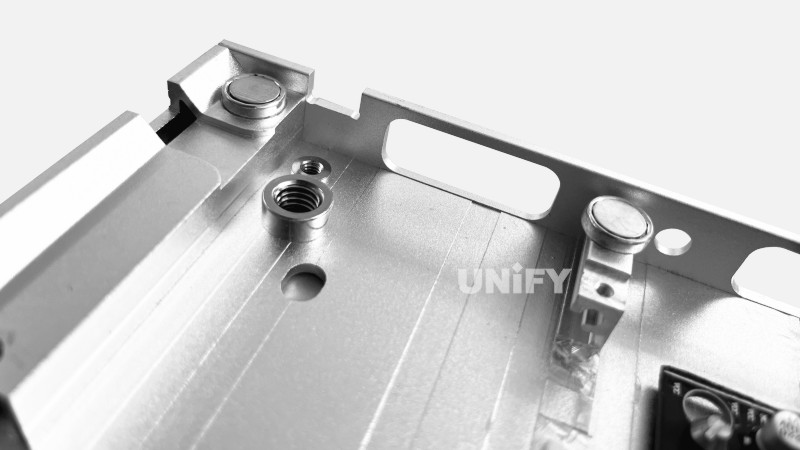
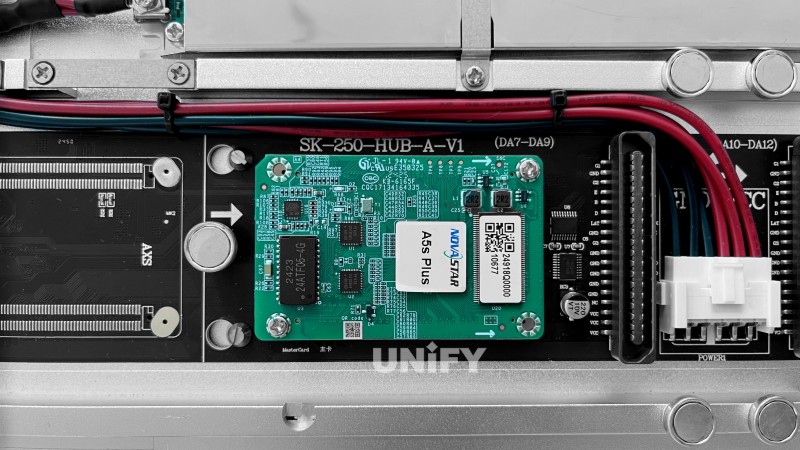
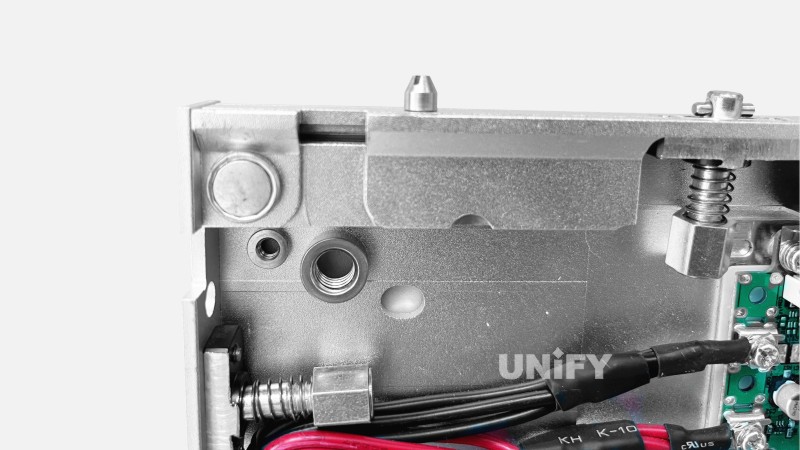
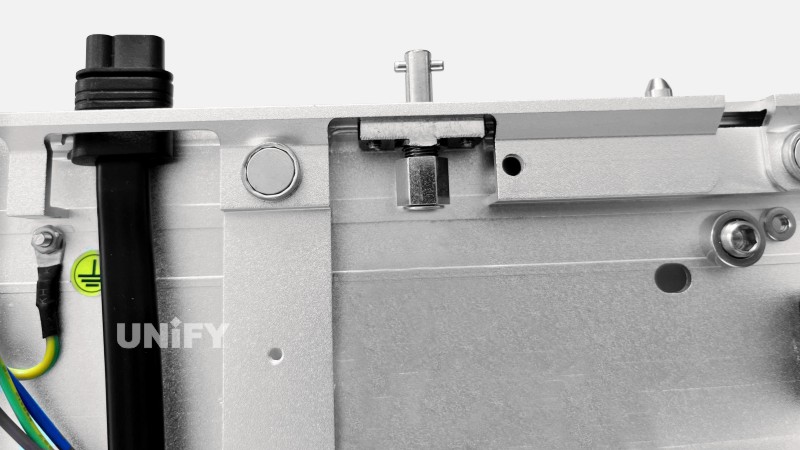
Video Center
How to Use or Maintain?
The Ulight series indoor led display, made of aluminum, is waterproof, thin and space-saving.
The Ulight series indoor led wall with invisible positioning pins ensures safe connection of cabinets.
simple installation and maintenance, improving efficiency for indoor setups.
UNIFY LED’s Ulight series indoor fixed led display has a simple appearance
The Ulight series indoor led panel uses an aluminum power box
High-definition high-resolution Ulight series LED Wall has debuted in the UK.
Indoor LED Wall -Ulight Series Cases
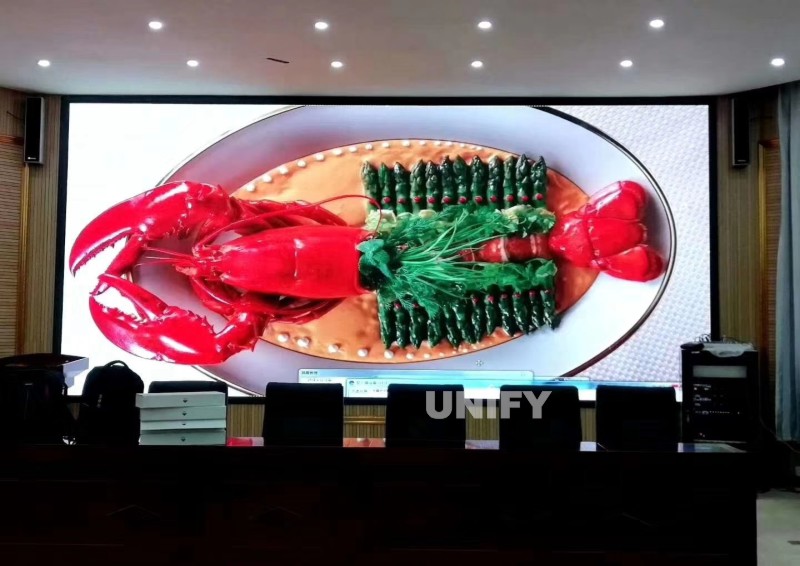

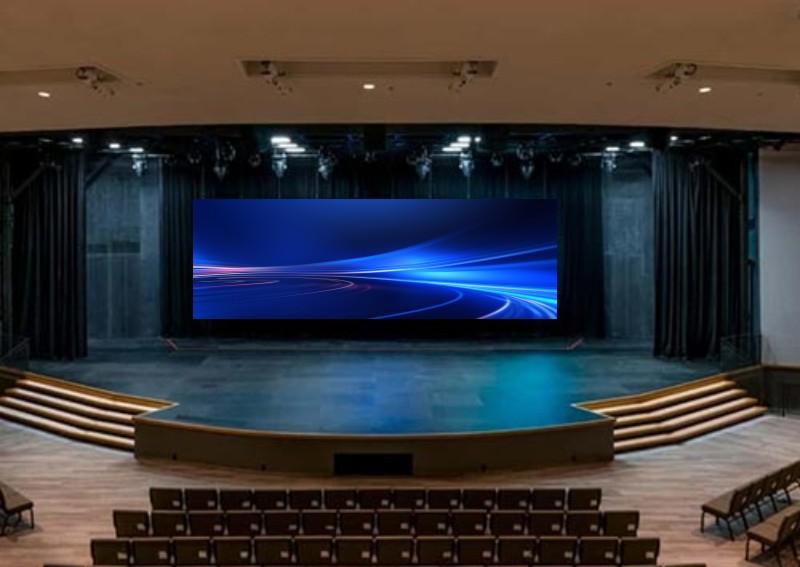
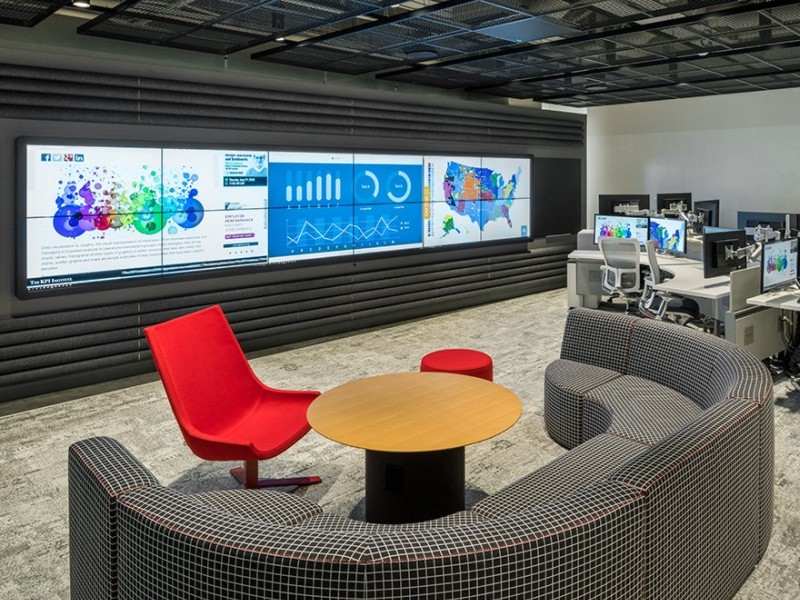
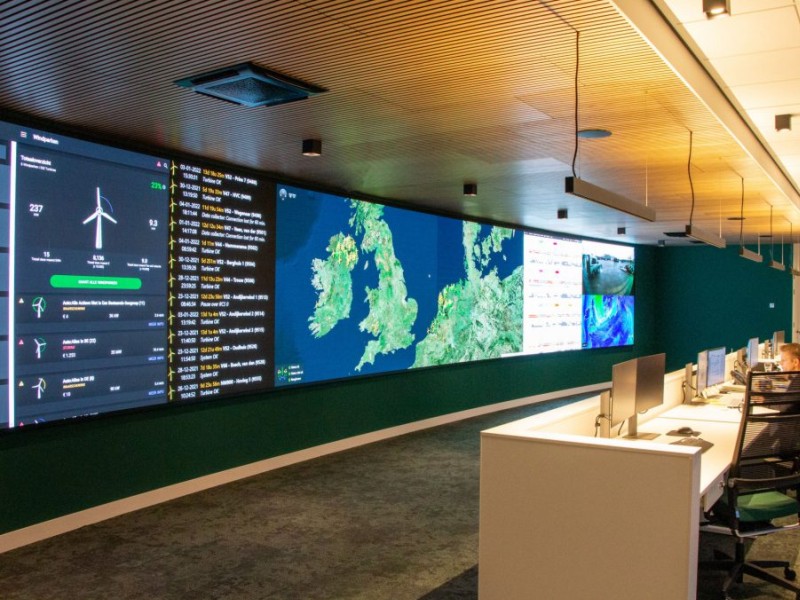
Recommend Products
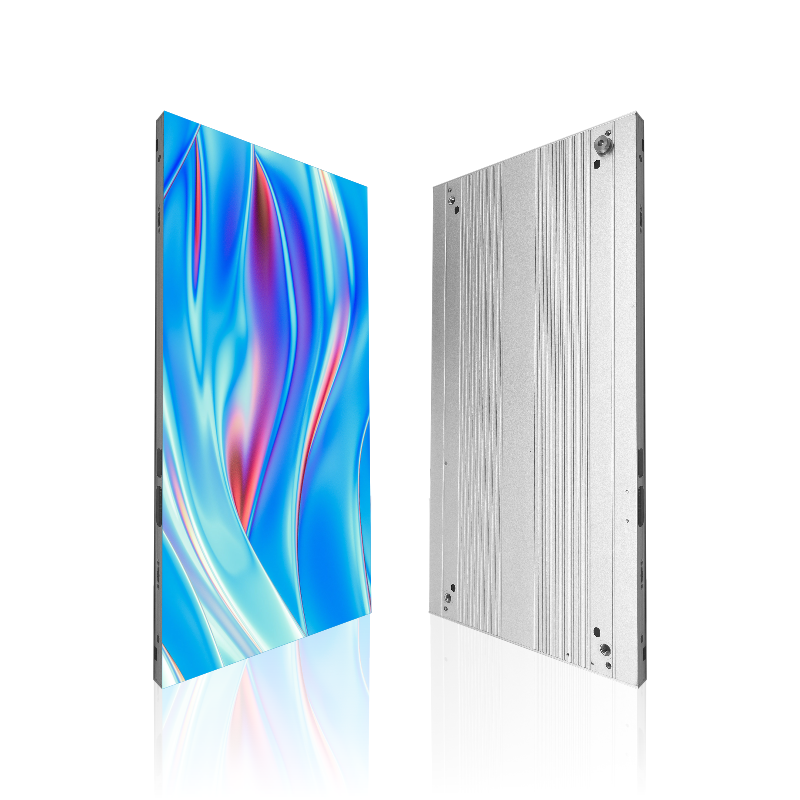
Indoor LED Wall – Ulight Series
Indoor LED Wall -Ulight Series -P0.9/1.25/P1.5/P1.8/P2/P2.5mm -Panel size 250*500mm, Module size 250*250mm -Ultra-lightweight and Space-saving -Wireless hard connection design -Support
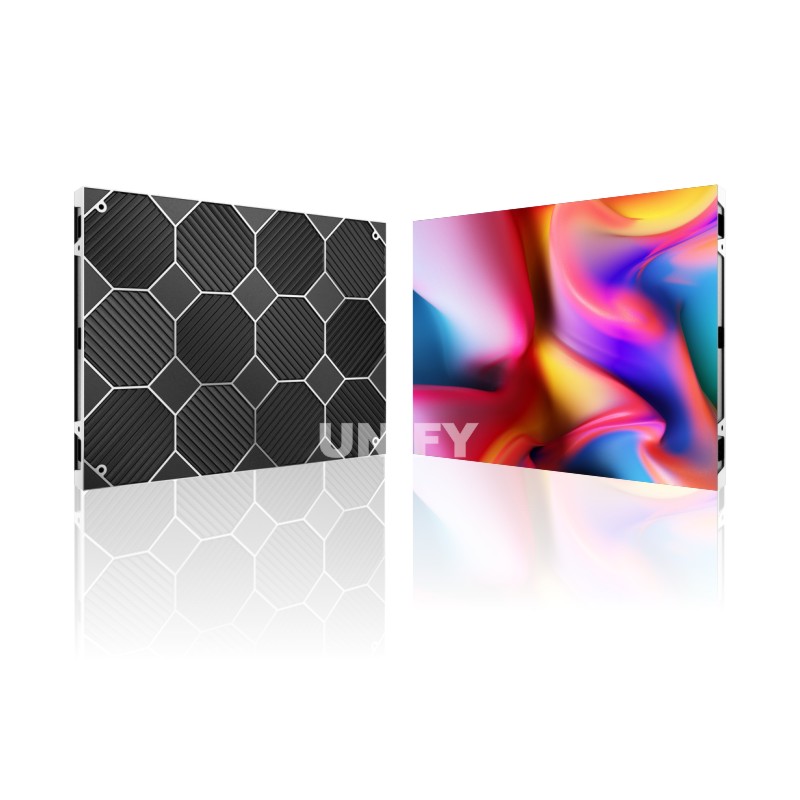
Front Service LED Screen EDI Series
Front Service LED Screen-EDI Series -P1.25/P1.5/P1.8/P2/P2.5/P3mm -Panel size 640*480mm, Module size 320*160mm -Ultra-lightweight and Space-saving -Wireless hard connection design -Support
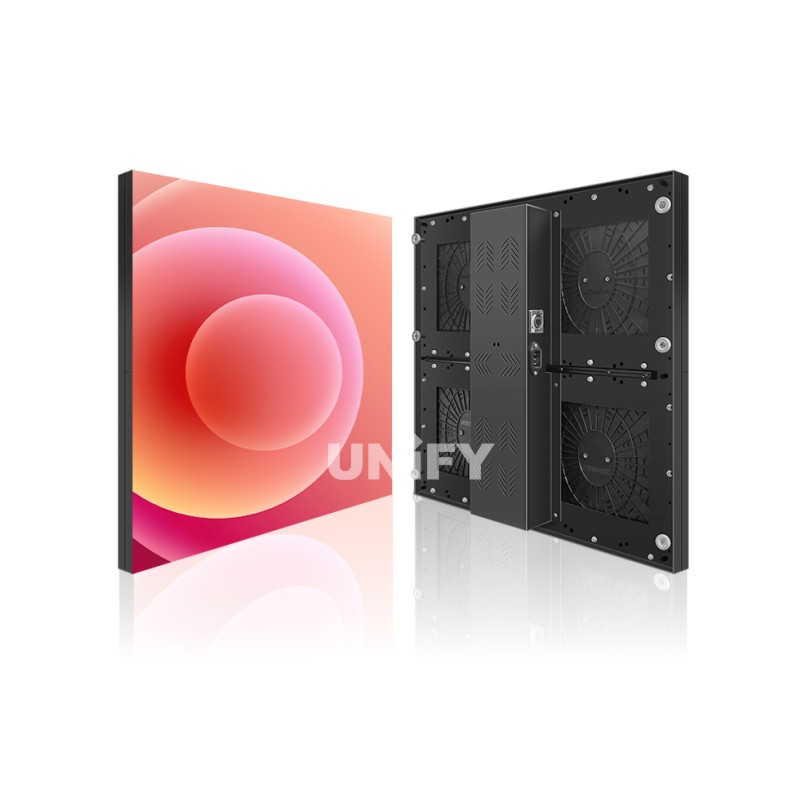
Indoor Fixed Screen- H Series
Indoor Fixed Screen -H Series High resolution & vibrant colors Seamless splicing & ultra-thin design Wide viewing angle & low

High-end Indoor LED Screen Ehonor Series
High-end Indoor LED Screen Ehonor -P1.25/P1.5/P1.8/P2/P2.5/P3mm -Panel size 480*360mm, Module size 320*160mm -Ultra-lightweight and Space-saving-Innovative Structural Design-Support Creative Shapes Horizontal
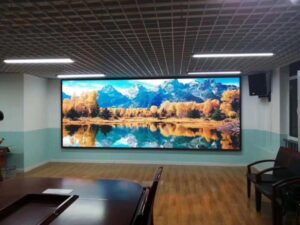
LED Screen for Conference Room solution
Conference room LED Display Unify delivers tailored LED display solutions for meeting rooms — clear visuals, smooth integration, and flexible

Home Theater Display Screen
Home Theater Display Screen Unify LED is dedicated to designing and producing innovative LED display solutions, delivering stable performance, customized
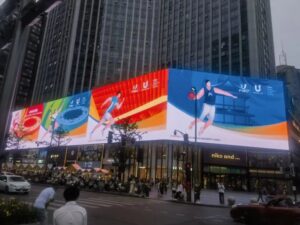
3D LED Billboard
3D LED Billboard Unify LED is a factory focusing on the R&D and manufacturing of high-quality LED displays, committed to
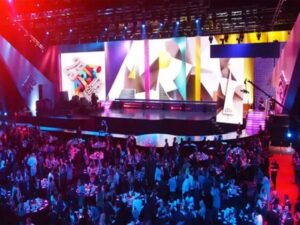
LED Display for Stage
LED Display for Stage Events Get Quotation Now! LED Display for Stage Events LED screens are now used more often
Indoor LED Wall Quick Guide
what is indoor LED wall?
Indoor LED Wall is a seamless large screen composed of many high-brightness LED boxes for indoor use. It has bright colors, high clarity, can be seamlessly spliced, and has no size restrictions. There are many pixel pitch options to meet different scene requirements.
Indoor LED display walls are widely used in various commercial and professional places, including but not limited to:
Meeting rooms and lecture halls: high-definition seamless large screens help efficient information presentation and remote collaboration;
Exhibition halls and exhibition sites: dynamic images attract attention and enhance brand image;
Retail stores and flagship stores: as digital signage to display advertisements and product content, enhance customer interaction experience;
Command center and security monitoring: high-resolution display of large amounts of real-time data and video to ensure rapid response to information;
Studio and stage background: as a visual background wall, realize virtual scene switching and program atmosphere rendering.
Due to its high-definition, high-brightness, and customizable characteristics, Indoor LED Wall has become the first choice for modern indoor visual solutions.

Main Types of Indoor LED Wall
When purchasing or configuring an indoor LED display wall, it is crucial to understand its types and core technical parameters. According to the pixel pitch, Indoor LED screen can usually be divided into two categories: fine pitch LED display and conventional LED display.
Fine Pitch LED Screen:
generally refers to P2.5 or less (such as P1.8, P1.2, or even P0.9), with higher pixel density, suitable for indoor occasions with extremely high requirements for image details, such as conference rooms, monitoring centers, broadcast studios, etc.
Conventional pitch LED:
such as P3, P4, etc., suitable for scenes with a long viewing distance, such as shopping mall advertisements, exhibition scenes, etc., with high cost performance.
Main Technical Parameters of Indoor LED Wall
In addition to pixel pitch, the following key technical parameters also determine the performance and experience of Indoor LED Wall:
Resolution:
Depends on pixel pitch and screen size. Fine pitch supports 4K/8K resolution, suitable for high-precision content display.
Brightness:
It is generally recommended to be between 800 and 1200 nits for indoor use. Too high will cause glare, and too low will affect viewing.
Refresh Rate:
High refresh rate (≥3840Hz) can avoid screen flickering, which is especially important when shooting live broadcasts or camera monitoring.
Contrast and color reproduction: High contrast combined with precise color adjustment ensures color saturation and picture levels.
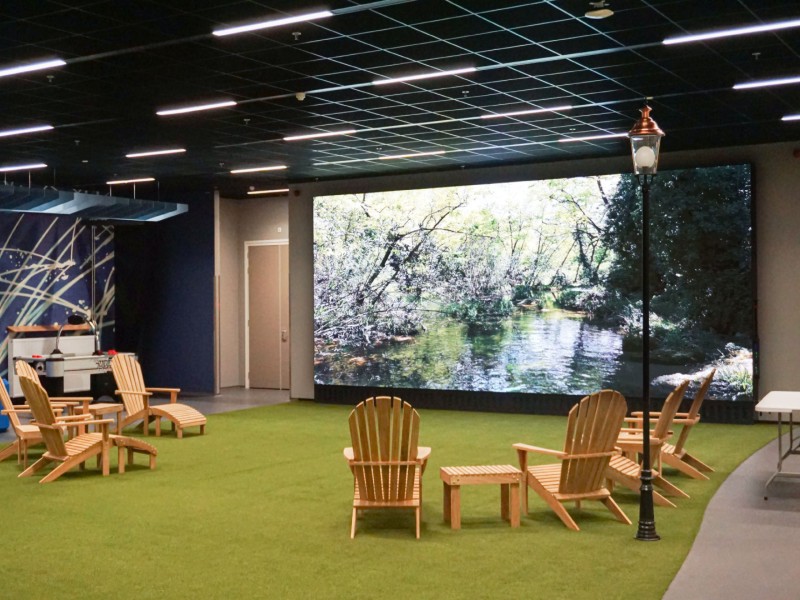
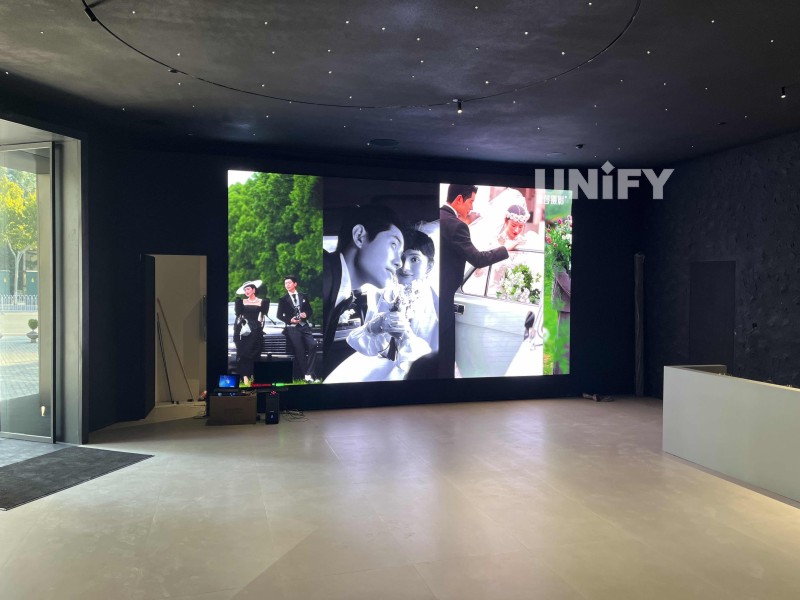
Front Maintenance vs Rear Maintenance
When choosing an indoor LED wall, maintenance is a key consideration, which directly affects the convenience of installation and the subsequent use experience.
Maintenance methods are mainly divided into two types: front maintenance (Front Service) and rear maintenance (Rear Service).
For most indoor scenarios, the front maintenance design is more ideal, especially for wall installation or environments with limited back space (such as conference rooms, exhibition hall walls, etc.).
Front maintenance LED modules can be disassembled from the front of the screen through a magnetic structure or a quick release mechanism, without reserving a rear maintenance channel, which significantly saves space.
Modern front maintenance LED screens mostly use the following design optimizations:
Magnetic module structure:
The module can be directly adsorbed on the box frame, and no screws are required for disassembly and assembly, simplifying the maintenance process.
Hard connection of the module:
Eliminate traditional wiring to ensure connection stability and signal consistency.
High-precision positioning structure:
such as positioning pins and quick locks, to ensure alignment accuracy during front disassembly and assembly, which is conducive to seamless splicing.
In contrast, although the rear maintenance structure is more traditional, it still has advantages in temporary construction scenarios such as ample space and stage rental.
Therefore, if the installation environment is limited or an integrated and beautiful design is pursued, it is recommended to give priority to the front service indoor LED wall solution, and use magnetic LED modules to achieve a convenient and efficient maintenance experience.
How to calculate the right size and resolution
Choosing the right size and resolution for indoor LED displays is the key to improving display effects and controlling budgets. The following are two main factors that need special attention:
The relationship between viewing distance and pixel pitch
Generally speaking, the closer the audience is, the higher the pixel density required. A simple calculation formula is:
Optimal viewing distance (meters) ≈ pixel pitch (mm) × 1000
For example, if the minimum viewing distance is 2 meters, it is recommended to choose LED modules with a pitch of P2.0 or smaller.
Many companies prefer to use small pitch products such as P1.2 and P1.5 in indoor applications because this choice can significantly improve the visual experience.
Balance between installation space and resolution
Once the pixel pitch is determined, the actual resolution of the screen can be calculated based on the size of the installation area (number of dots = length ÷ pixel pitch).
If 4K or 8K content is to be played, the total number of pixels must be ensured to meet the standard, but this usually significantly increases the budget.
Therefore, the best balance between cost and resolution should be found based on specific content requirements and budget.
Key considerations for selecting indoor LED walls
When choosing a suitable Indoor LED Wall, you should not only pay attention to the display effect, but also make a comprehensive judgment from multiple dimensions such as the actual use environment, installation conditions, budget and life cycle.
1. Image quality performance
Clarity is the primary factor, and the appropriate pixel pitch should be selected according to the viewing distance.
For example, it is recommended to use P1.2 or less for viewing within 1 meter, and P2.5 or larger for viewing above 3 meters.
If there is a need for demonstration or live broadcast, it is recommended to give priority to high refresh rate (≥3840Hz) and high contrast products.
2. Installation environment and structural limitations
Compact meeting rooms or exhibition halls are suitable for ultra-thin, front-maintained LED walls, which are easy to install on the wall and later maintenance.
For places with complex shapes or that need to be moved, the weight of the cabinet and the flexibility of the installation method must also be considered.
3. Size and resolution matching
After determining the display size, the resolution should be determined in combination with the content type.
For example, for playing high-precision graphics or video content, it is recommended to choose a combination solution with a resolution of 4K or above.
4. Cost budget and use cycle
Indoor LED screens are a long-term investment, and the overall cost performance should be evaluated by comprehensively considering the initial purchase cost, later operating energy consumption, maintenance costs, etc.
Although high-quality products have a slightly higher initial cost, they are more economical in the long run due to their longer service life and lower failure rate.
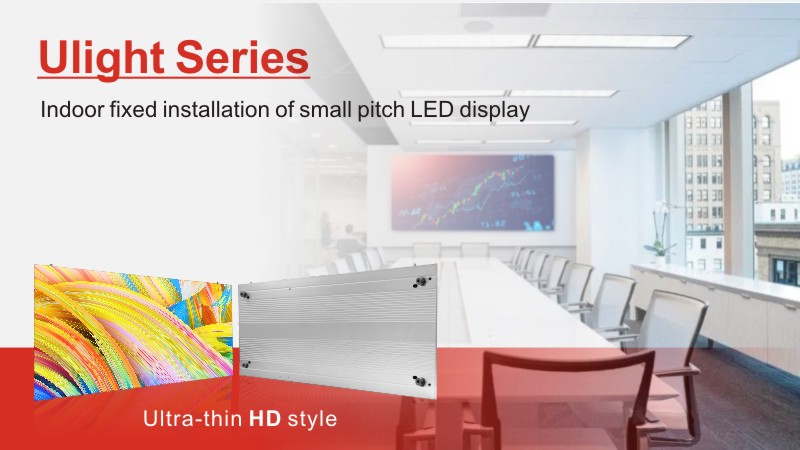
How to choose a reliable indoor LED wall manufacturer
When purchasing an indoor LED display wall, it is crucial to choose a trustworthy manufacturer. A reliable supplier not only determines product quality, but also affects delivery efficiency, after-sales service and overall project cost.
The following are several core criteria for judging high-quality LED wall suppliers:
Project cases and customer reputation:
Check whether there are real installation cases (such as churches, conference rooms, exhibition halls, monitoring centers, etc.), whether there are customer feedback, on-site photos or video materials to support.
Qualification certification:
Formal manufacturers should have international certifications such as CE, RoHS, FCC, ISO9001, etc. to ensure that the products meet the technical and safety standards of the exporting country.

Service responsiveness:
Does it provide remote technical support, a full set of instructions for use, and a guide to common problems? Fast service response speed and sufficient accessories can help reduce later maintenance costs.
Is it factory direct sales:
Make it clear whether the other party is a local Chinese manufacturing factory or an intermediate trading company. Direct sales manufacturers usually have more transparent prices, more controllable delivery times, and more efficient communication.
Logistics and packaging capabilities:
High-quality manufacturers should provide international transportation services, including customized flight boxes, wooden boxes, packaging protection and customs clearance documents to ensure safe and intact equipment transportation.
Warranty policy and accessories support:
It is recommended to choose a manufacturer that provides 2~3 years warranty service, complete spare parts, and perfect fault handling mechanism to ensure long-term stable operation.
Avoid focusing only on price, and comprehensively evaluate strength, service and delivery capabilities to choose a truly reliable indoor LED wall manufacturer.
